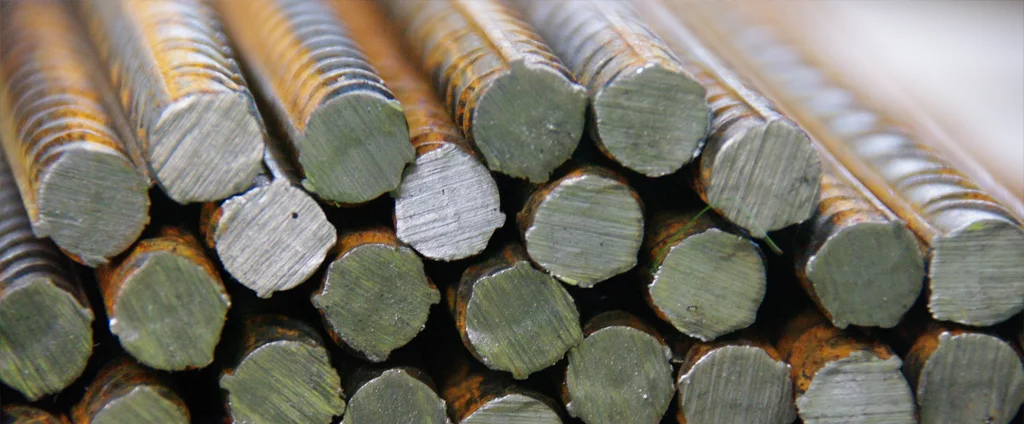Grey Cast Iron SAE J431 Grade G4000 (UNS F10008)

SAE J431 Grade G4000 is a high-strength gray cast iron widely utilized in automotive engineering. Its excellent wear resistance and machinability make it ideal for critical components such as diesel engine castings, liners, cylinders, and pistons, delivering reliable performance under demanding conditions.
| Chemical Composition | ||
|---|---|---|
| Element | Min | Max |
| Iron | —— | Remainder |
| Carbon | 3.0% | 3.3% |
| Manganese | 0.7% | 1.0% |
| Phosphorus | —— | 0.1% |
| Silicon | 1.8% | 2.1% |
| Sulfur | —— | 0.15% |
The following table provides a list of SAE J431 Grade G4000 properties in both SI and US customary/Imperial units.
Click on the button to switch between Metric and Imperial units.
| Physical Properties | Metric |
|---|---|
| Density | 7150 kg/m3 |
| Mechanical Properties | Metric |
| Tensile Strength (Ultimate) | ≥ 276 MPa |
| Brinell Hardness | 217 - 269 |
| Knoop Hardness Converted from Brinell | 271 |
| Vickers Hardness Converted from Brinell | 256 |
The values in this table are approximate and can vary depending on various factors such as the specific manufacturing process and heat treatment applied to the alloy.
Advantages & Disadvantages of Iron SAE J431 Grade G4000
| Advantages | Disadvantages |
|---|---|
| High tensile strength | Brittle material |
| Good machinability | Limited ductility |
| Wear resistance | Poor corrosion resistance |
| Good castability |
Applications of Iron SAE J431 Grade G4000
SAE J431 Grade G4000 is extensively employed in automotive and machinery sectors for components requiring durability and strength, including:
- Brake Components: Used in brake drums and rotors due to its high tensile strength and wear resistance, withstanding friction and heat during braking.
- Engine Blocks: Offers good machinability and thermal conductivity, supporting efficient heat dissipation and structural integrity.
- Transmission Components: Suitable for housings and gears, benefiting from high tensile strength and excellent castability.
- Suspension Parts: Utilized for suspension arms, brackets, and steering knuckles, enhancing durability and performance through strength and wear resistance.
- Powertrain Components: Applied in flywheels and crankshafts, capable of handling mechanical stresses and high torque demands.
- Machinery and Equipment: Found in various machinery components where strength, wear resistance, and castability are essential.
